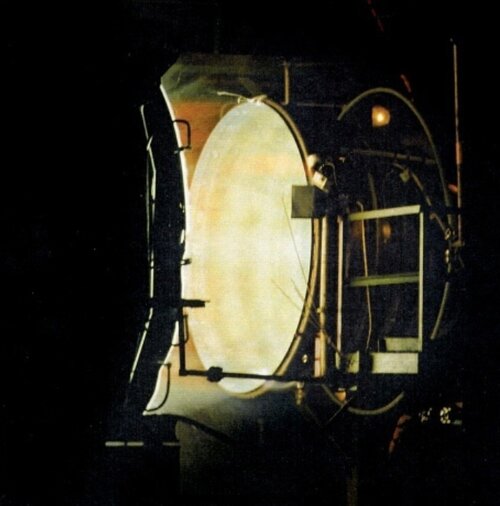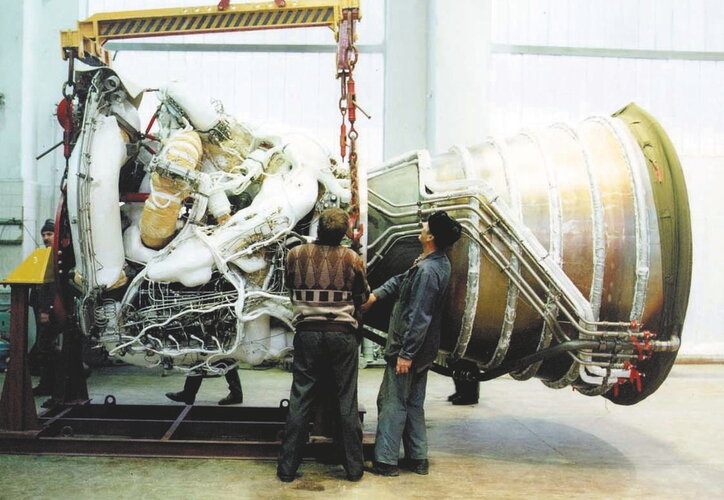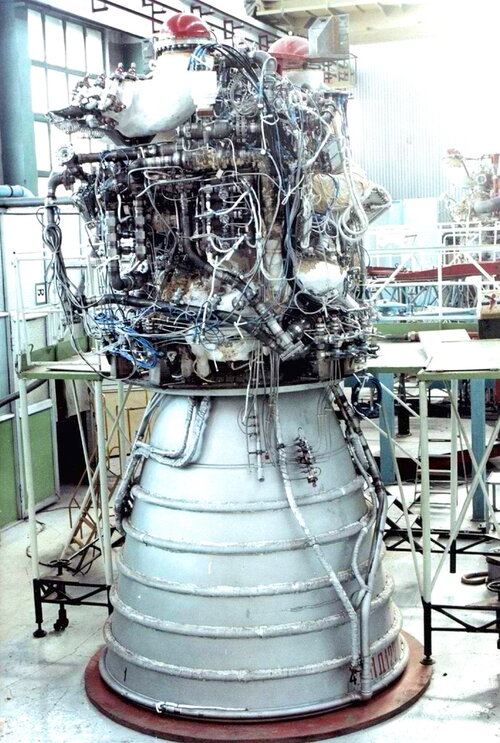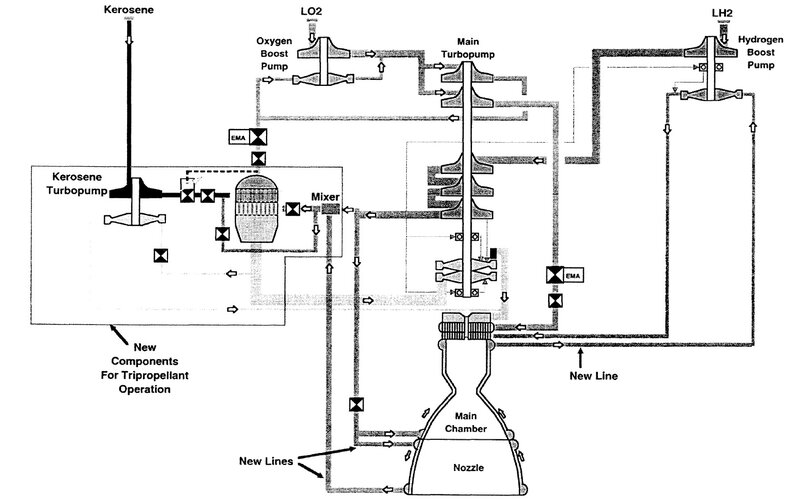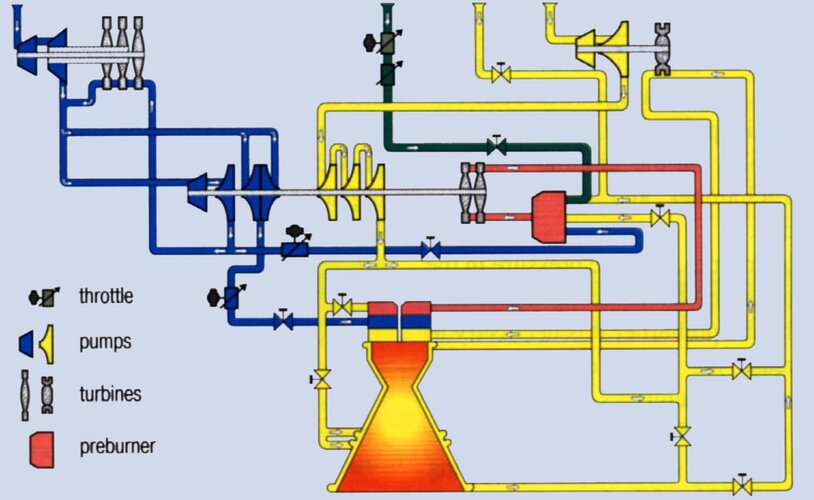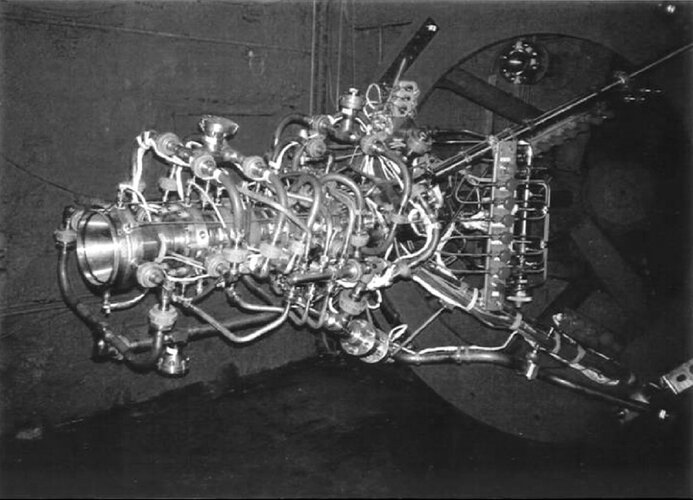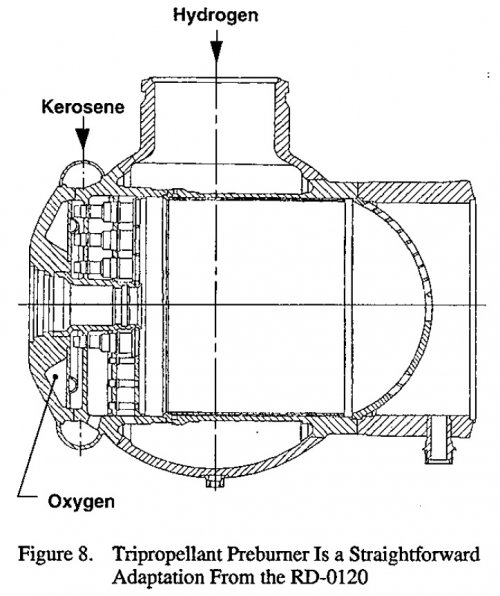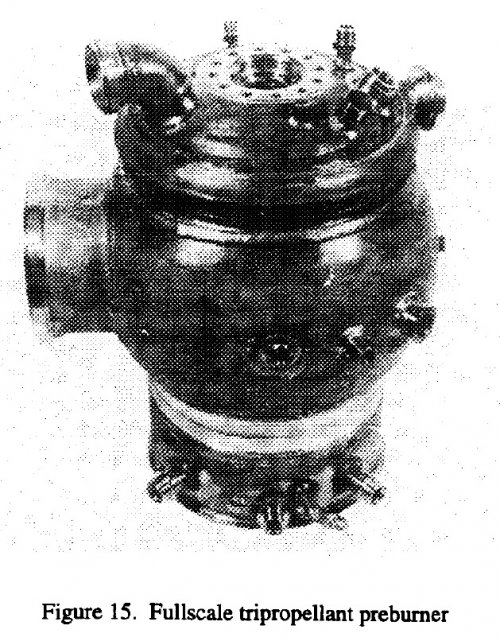- Joined
- 13 August 2007
- Messages
- 8,446
- Reaction score
- 11,000
Mixed-Mode rocket Engines use two propellant with oxidiser
The idea to use dense propellant during Launch then switch to hydrogen for more performance
that why those engines are proposed for SSTO or air launch Shuttles
this document by Aerojet from may 1977
is in depth study of Mixed-Mode Engine under Various propellant with Hydrogene/Lox
Advanced high pressure engine study for mixed-mode vehicle applications
 ntrs.nasa.gov
ntrs.nasa.gov
The idea to use dense propellant during Launch then switch to hydrogen for more performance
that why those engines are proposed for SSTO or air launch Shuttles
this document by Aerojet from may 1977
is in depth study of Mixed-Mode Engine under Various propellant with Hydrogene/Lox
Advanced high pressure engine study for mixed-mode vehicle applications
Advanced high pressure engine study for mixed-mode vehicle applications - NASA Technical Reports Server (NTRS)
High pressure liquid rocket engine design, performance, weight, envelope, and operational characteristics were evaluated for a variety of candidate engines for use in mixed-mode, single-stage-to-orbit applications. Propellant property and performance data were obtained for candidate Mode 1 fuels...
Last edited:

